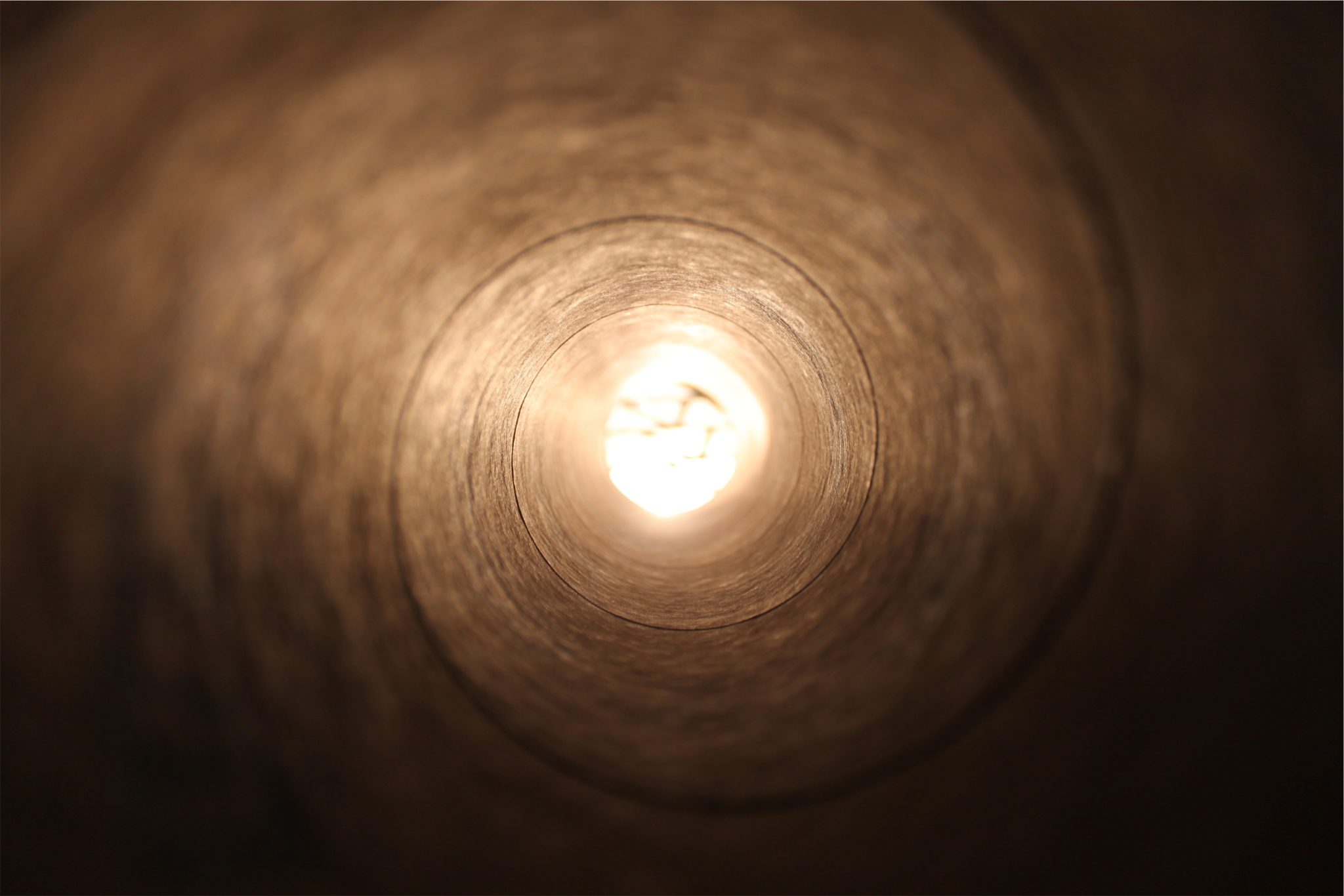And G-d spoke to Moses, saying: Speak to Aaron and say to him: When you light the lamps, the seven lamps shall give light toward the body of the menorah… And this was the work of the menorah: it was of a single piece of beaten gold, from its base to its flower…
Numbers 8:2-4
When G-d spoke these words to Moses, He had already given him detailed instructions regarding the construction and the lighting of the menorah in the Holy Temple.[8] Here, G-d reiterates two laws:
a) That the menorah’s lamps should all be turned in the direction of the “body” of the menorah (the central stem from which the menorah’s arms extend).
b) That the entire menorah—eighteen handbreadths high, its body and six arms embellished with twenty-two goblets, eleven balls and nine flowers—be hammered out of a single block of gold.
The menorah represents the people of Israel—G-d’s “light unto the nations.”[9] Its multiple limbs and forms attest to the fact that the Jewish nation is comprised of br turned tribes and includes individuals from all walks of life. But they all form an integral whole, a single people with a single calling: to illuminate the world with the light of G-d.
The menorah’s integrity was expressed on two levels: in the making of the menorah and in the way it was lit. An artifact of such complexity is usually fashioned by first molding its various parts and then welding them together. The menorah, however, was hammered out of a single piece of gold, originating as a single object and remaining a single object through the various stages of its construction to the finished product. Its second mark of unity concerned the manner of its lighting: although the menorah shed its light with seven lamps, each supported by its distinct stem or branch, they all faced the body of the menorah.
There are nations and communities that are a coalition of variant groups, each formed by its own genealogy and experience and welded together by common interest and habitat. Not so the Jew: all souls of Israel are of a single essence, and their division into distinct individuals is merely their investment into different bodies and physical lives.[10] And while the singular soul of Israel shines not with a single light, but via a seven-lamp candelabra representing the various prototypes of human character, all lamps of the menorah face the body from which they extend, emphasizing their singular origin and their singular goal.
These are the two essential laws of the menorah: that it should be forged of a single piece of gold, and that its diverse lights should face each other in harmony with their source. As we strive to illuminate our surroundings, there must be the ever-present awareness of our intrinsic oneness, coupled with an assertion of our individual talents in concert with each other and in fidelity to our mission and identity.
Based on an address by the Rebbe, Shabbat Parshat Behaalot’cha, 5730 (June 20, 1970)[11]
Adapted from the teachings of the Rebbe by Yanki Tauber
[8]. Exodus 25:31-40, 27:20-21 and 30:7-8; Leviticus 24:1-4; et al.
[9]. Isaiah 42:6, et al.
[10]. Taamei Hamitzvot (Arizal), Parshat Kedoshim; Tanya, part I, ch. 32;et al.
Thus the Chida explains the Talmudic expression, “a convert who converted” (ger shenit’gayer, as opposed to “a non-Jew who converted,” etc.): a convert to Judaism is not one who “joined” the fold, but one who possessed a potential Jewish soul all along (Midbar Kedemot 3:3).
[11]. Likkutei Sichot, vol. XXVIII, pp. 65-66.







